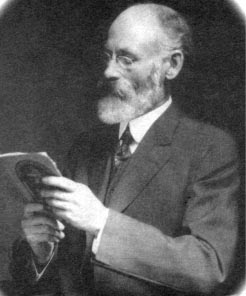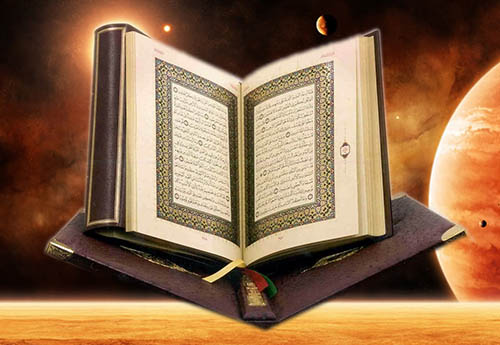Glimpses of the Afterlife?
Richard Brooks – USA
[This article was previously published in The Theosophist, 120 (February 1999): 668-673]
Nearly all the world’s religions proclaim some form of conscious existence after the death of the physical body. But it has become fashionable in recent history to question the truth of such beliefs. After all, there is considerable divergence of opinion among the religions — and among theologians expounding those religions — as to the nature of this post-mortem existence. In fact, the beliefs are sometimes referred to by debunkers of theology as “mythologies” in an effort to discount them, to suggest that they do not warrant serious attention from scientifically minded people. All human behavior, they say, including our mental life with its religious beliefs, can be explained in terms of neurophysiology. This is a form of “reductionism.” When the neurons stop “firing,” life ceases, mind ceases, consciousness ceases. Hence, there is nothing after death. The optimistic religious beliefs may be comforting, may even have some social value, but they aren’t true. Or, so they say.
Death, they argue, is a fact of life. It should be calmly and objectively accepted. As a former biologist colleague of mine once put it, “We are all programmed to die.” That is, the body can regenerate itself by cell division only up to a certain point; after that, there is a gradual decline until death sets in. This inevitable end could be delayed — that is, one’s life could be prolonged — by eliminating disease, lowering one’s body temperature a degree or two, eating a sensible diet (he recommended vegetarianism), breathing more slowly, etc. But it cannot be avoided, and therefore should be rationally and dispassionately accepted.

















